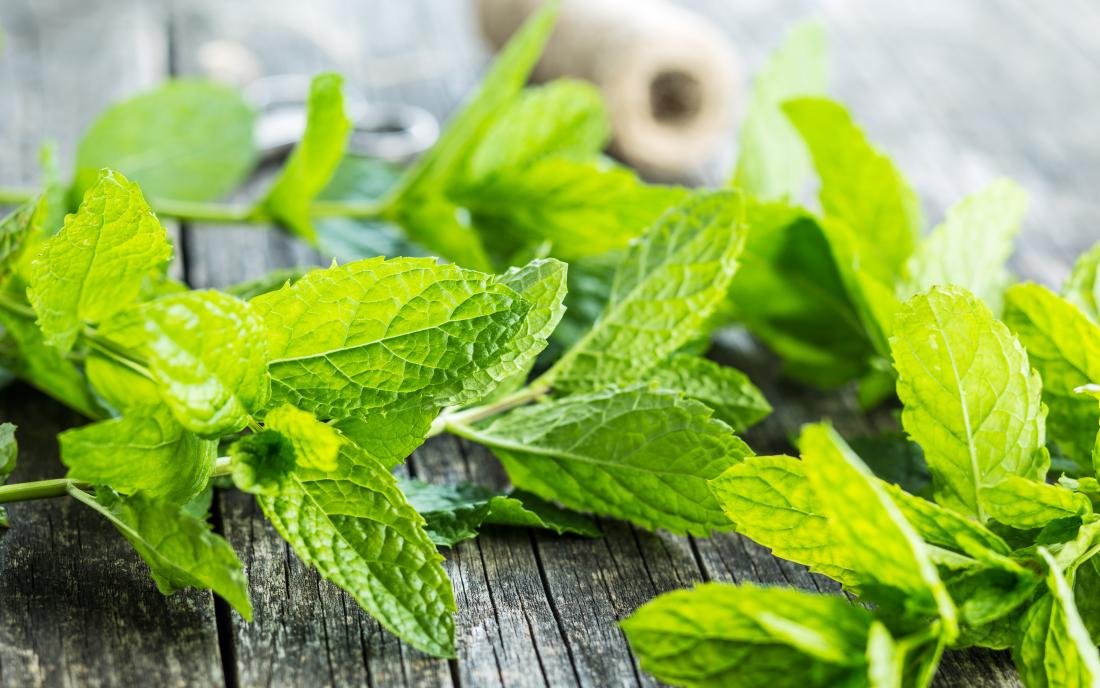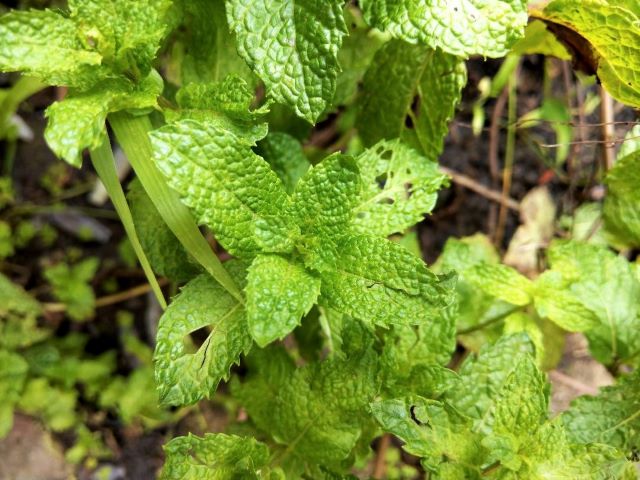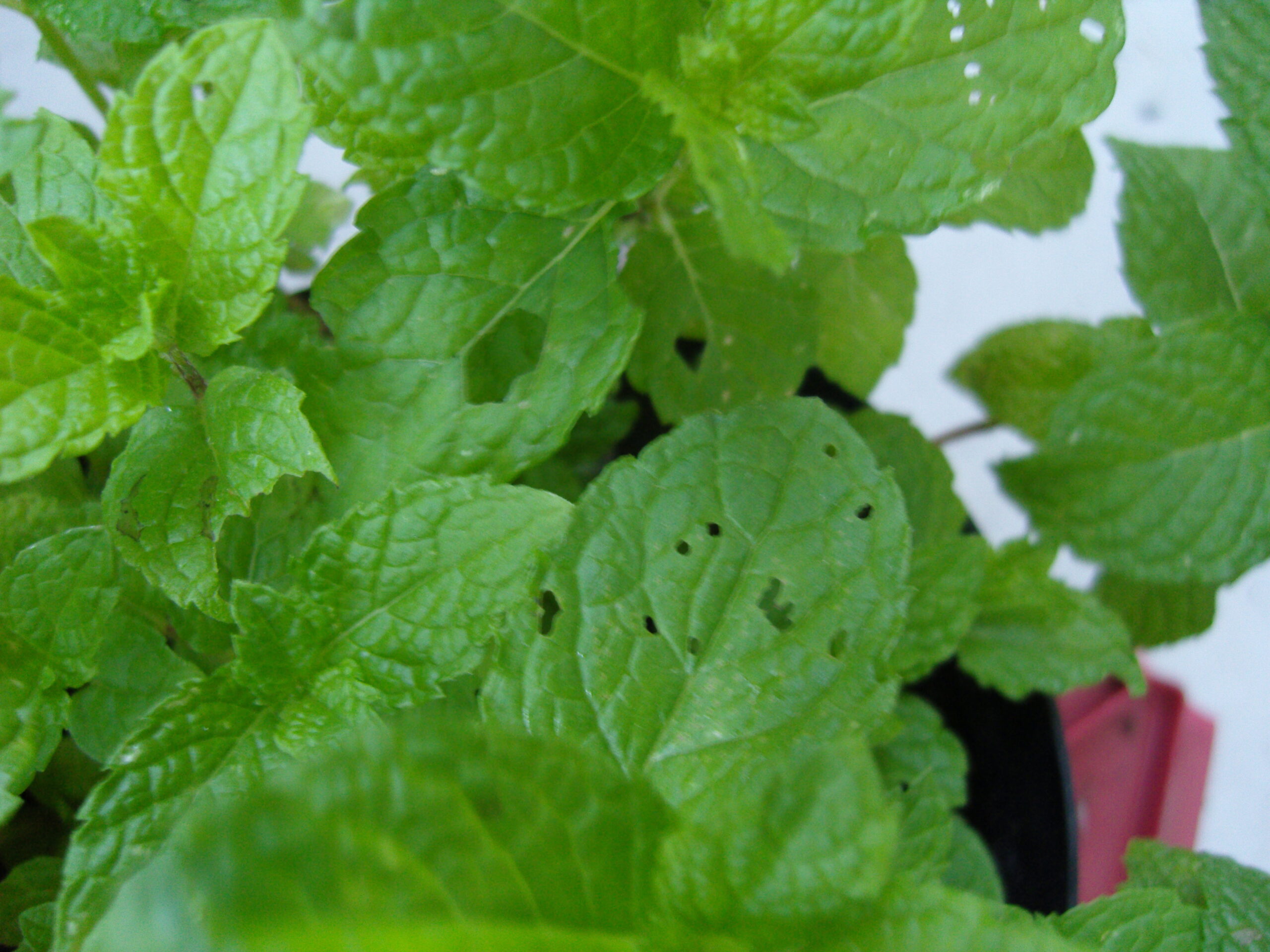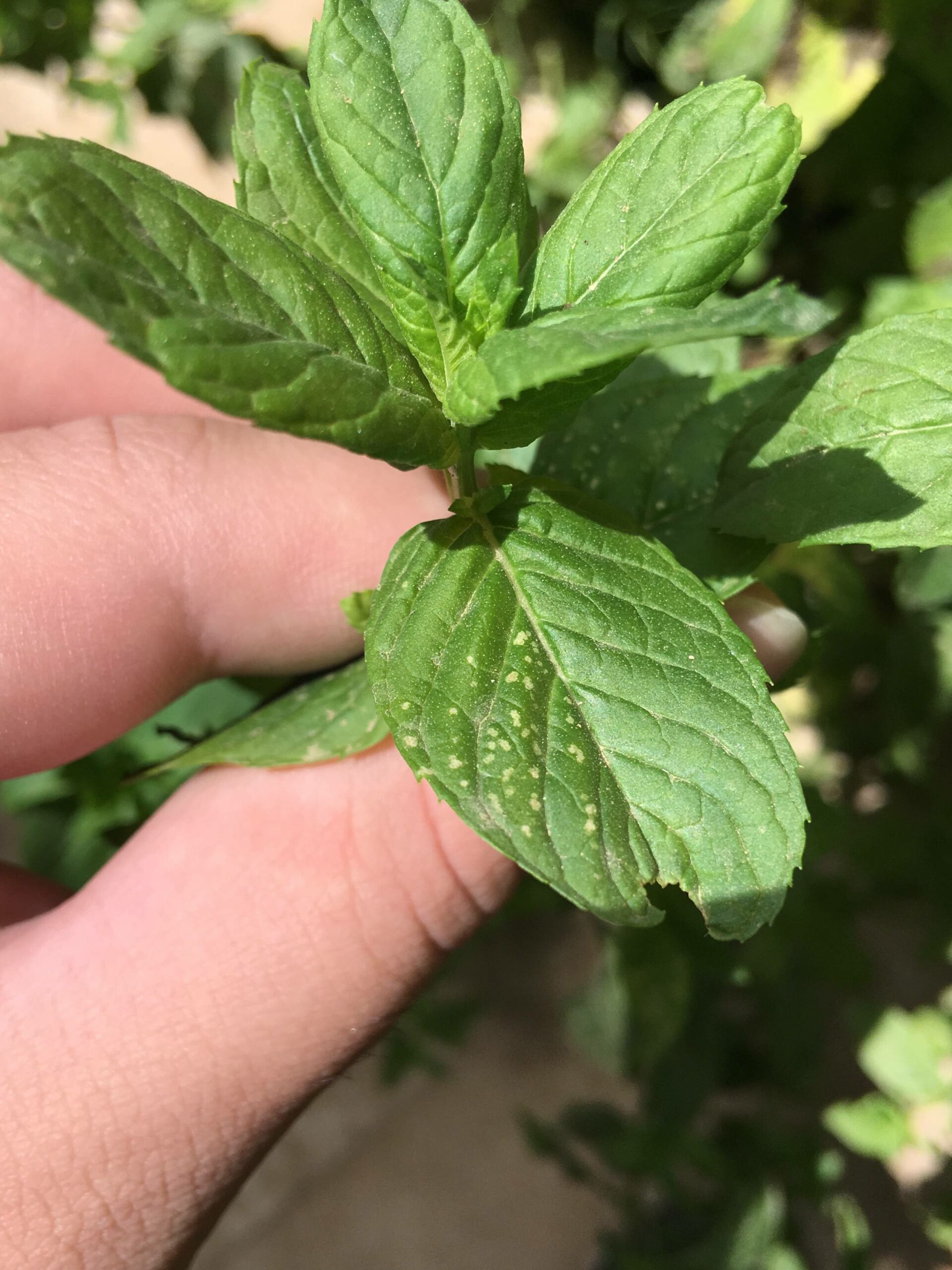Many plant-loving people have started planting mint trees in their gardens. Mint is not just used for its taste but it also adds a unique flavor and essence to anything it is added to. Mint also has many advantages related to our health. Growing mint is not a tough job but you must take proper care of your mint tree.

Mint can be grown in a pot or directly in the soil. But, the plant requirements remain the same. You must take good care of your mint trees to protect them from fungal infections and other diseases. If you’re noticing holes in your mint leaves, here are a few reasons you can consider:
1. Animal activities
If you’re not able to see any fungal attack or pest infestation in the leaves of your mint plant, you must know that there is something else eating up your mint leaves. Sometimes, animals like lime moles, wild rats, birds, and squirrels can eat up the leaves. They move too quickly upon seeing humans and that’s why people can’t spot them.

Solution
To keep these animals away, you can sprinkle some coffee or ground cinnamon all over the soil where you plant the mint tree.
2. Insect attacks
Mint trees are prone to frequent pest attacks. Loopers, spider mites, aphids, beetles, and thrips are insects that usually create small holes in the leaves of a mint tree. Spider mites are the most common insects on mint trees. They pierce a hole in the leaves of your mint tree. They are very little insects that are hard to be seen with the naked eye. However, they can cause the leaves to discolor and makes a web on them.

- Loopers
Loopers are a species of caterpillar that eat leaves. They can be detected easily as they have a length of nearly 1-2 inches and are of green color. There is a cabbage looper that can make holes in both basil and mint plants often. They can eat all mint leaves creating big holes.
- Flea beetles and Japanese beetles
They are most likely to be bugs that create holes in the leaves of your mint plant. They can be spotted easily because of their metallic and shiny texture. These bugs often attack more in the later part of spring and the easy summer season. They can chew all leaves and make small, round holes in a cluster.
If you’re wondering how will you know that these bugs are eating the leaves of your mint tree? The beetles are only known to chew the soft leaves. They don’t find the veins suitable for consumption. So, after they attack you will find just the veins to be left over when the entire leaf is eaten.
- Thrips and aphids
Thrips and aphids are two commonly found garden pests. You can’t notice them easily because of their small size and ability to fly from one plant to another. These bugs pierce the leaves and suck the plant sap which leads to small holes in basils and mints.
Snails and slugs also eat up mint leaves and create big holes in them.
Solution
If you find a small infestation, you can just use a strong splash of water. But, this won’t be as effective in case of severe attacks. Removing thrips and aphids is important as they lead to several harmful diseases. You must use a suitable pesticide to remove these bugs. As mints are mostly used for cooking, you must choose an insecticide with safe chemicals that is fit for the consumption of leaves.
Prevent using insecticides at high temperatures as this can cause leaves to burn. Usually, snails and slugs can’t be killed using ordinary insecticides. You must use Slug and Snail Killer to remove them.
Loopers can be handpicked as they are very few. You must maintain moisture in the soil as spider mites can attack only when there is dryness in the soil. The seedlings of mint can be attacked easily by beetles. Thus, you must cover them using a thin piece of cloth till they are fully grown. You can also bring in harmless insects like lacewings and ladybugs which are the predators of these harmful pests. There are also many easy-to-make homemade recipes that you can use to get rid of these pests.
3. Fungal infections
Fungal infections or diseases can also create small holes in the leaves of your mint plant. The signs start with tiny brownish or reddish spots. As the infection grows the infected areas get dried up and fall away leading to irregular holes in all leaves. When you find holes that have brown or yellow spots on your mint tree leaves, you must pay attention and take the required action as these fungal infections spread very quickly to other plants in your garden.

Solution
Initially, remove all the infected leaves which have holes and spots to prevent spreading. Then, use a non-toxic and safe fungicide that doesn’t have a long-term residual effect on your mint tree. There are many homemade remedies you can try for these fungal problems.
Copper Spray recipe and baking soda mixture are some of the easiest homemade recipes which can help you in getting rid of fungal infections in your mint tree. These recipes are easy to make and they require very basic ingredients. All you need to do is get all the ingredients, prepare the mixture and transfer it into a spray bottle. Once done, start spraying the infected areas of your mint tree.
Conclusion
These are some of the key reasons why mint leaves have small holes in them. You can also find the right solution below every cause discussed above in this post. So, whenever you find these holes in your mint tree leaves, don’t waste time and quickly find out the solution. Once the cause gets confirmed, use the suitable solution exactly in the way you’re asked to.
Even a single wrong step can make the entire treatment process go wrong and it won’t be effective for your mint tree. Hence, confirm the cause first and then start with applying the solution.

![3 Reasons For Holes in Mint Leaves [Causes & Solutions]](https://www.plantsofmerit.org/wp-content/uploads/2022/08/3-Reasons-For-Holes-in-Mint-Leaves-Causes-Solutions.jpg)